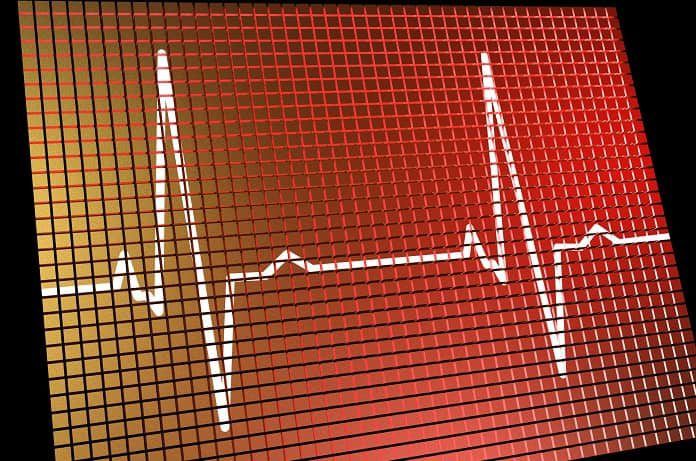Researchers have determined the incidence of previously undiagnosed atrial fibrillation in high-risk patients with the use of an insertable cardiac monitor (ICM).
Atrial fibrillation (AF) is a condition wherein the atria do not contract in coordination with the ventricles, resulting in a fast and irregular heart rhythm. Patients with this condition are at risk for stroke, as the heart’s irregular contractions can precipitate the formation of a clot which may travel to the brain and occlude its blood supply.
A group of researchers led by James A. Reiffel, M.D., did a study to determine the incidence of previously undiagnosed atrial fibrillation in high-risk patients with the use of insertable cardiac monitors (ICM). The results of the REVEAL AF Study were recently published in JAMA.
From November 2012 to January 2017, researchers enrolled a total of 446 patients who were at substantial risk for development of AF. The patient’s risk was determined using the CHADS2 scoring system. A patient is considered to be high risk if he has a CHADS2 score of 3, or 2 with at least one of the following:
- coronary artery disease
- renal impairment
- sleep apnea
- chronic obstructive pulmonary disease (COPD)
Patients were observed until they either completed their 30-month visit or until the patient last completed their 18-month visit. Researchers conducted in-office visits every 6 months. The incidence of atrial fibrillation lasting at least six minutes was assessed at 18 months.
The results of the study show that out of the 446 patients enrolled, a total of 385 patients received ICMs and were observed for a mean period of 22.5 months. Atrial fibrillation lasting at least six minutes at 18 months was detected at a rate of 29.3%. The incidence of atrial fibrillation at 18 months was the same in patients with CHADS2 scores of 2, 3, and 4 or greater.
Overall, insertable cardiac monitors (ICM) can detect atrial fibrillation lasting at least six minutes in patients who do not have a prior diagnosis but with factors which place them at risk for developing AF. This study demonstrated that the incidence of previously undiagnosed atrial fibrillation identified by insertable cardiac monitors may be substantial in patients at high risk of atrial fibrillation and stroke. Further studies can be done to study the importance of detecting subclinical or asymptomatic atrial fibrillation, especially for patients with increased risk for stroke.
Written by Karla Sevilla
Resource:
Reiffel, J.A., et al. (2017). Incidence of previously undiagnosed atrial fibrillation using insertable cardiac monitors in a high-risk population: The REVEAL AF study. JAMA Cardiology. doi:10.1001/jamacardio.2017.3180



